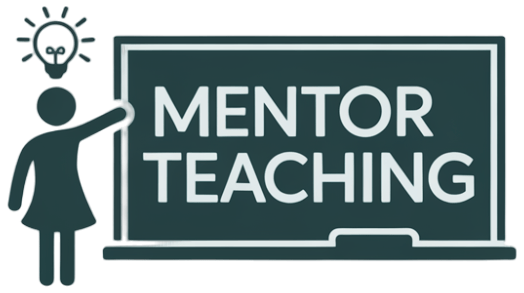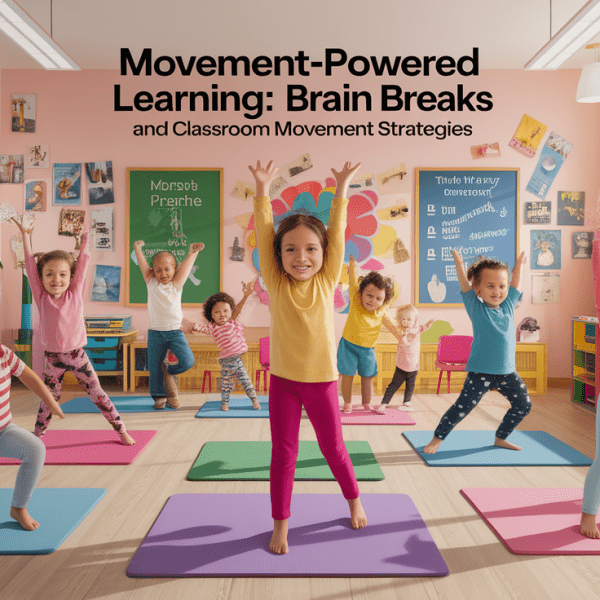AI Literacy Unlocked: Getting Started
Imagine giving your students a “superpower” that helps them understand, question, and guide the technologies shaping their world—this is the magic of AI literacy! From smart assistants to recommendation engines, artificial intelligence is no longer something only scientists talk about; it’s woven into our everyday lives. According to Activate Learning, AI literacy means understanding, interacting with, and critically evaluating AI tools with knowledge of concepts like machine learning, neural networks, and natural language processing—plus being aware of ethical considerations like privacy and bias.

Getting started in AI education isn’t about students mastering complex algorithms overnight—it’s about sparking curiosity and building comfort with AI concepts through playful exploration. Whether you teach STEM or art, AI literacy offers pathways for creativity, problem-solving, and critical thinking skills essential for future workforce readiness.
Defining Key AI Literacy Objectives
Clear objectives make any lesson more powerful. AI literacy goals often blend technical skills with ethical awareness, preparing students for responsible human-AI interaction. As described by the World Economic Forum, one proven approach is the AILit Framework, which covers four domains:
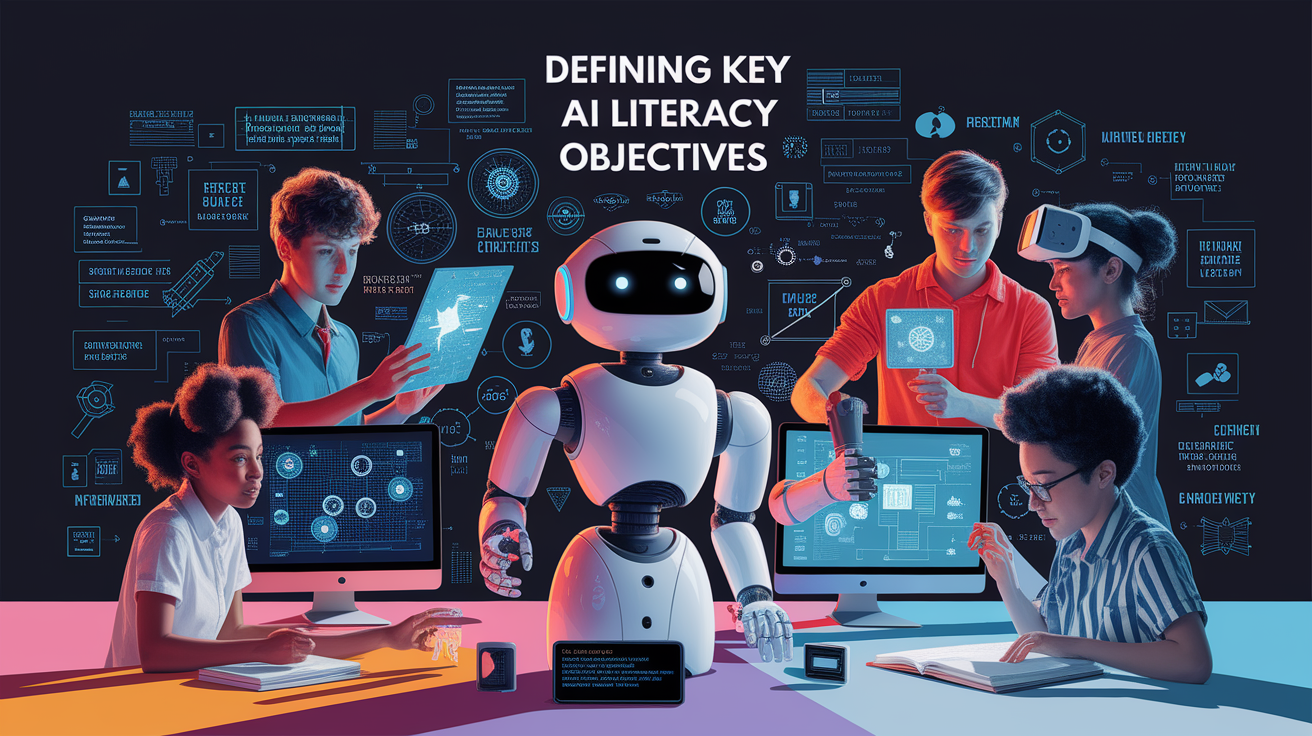
- Engaging with AI: Recognizing AI in everyday tools, evaluating AI outputs, and understanding its real-world roles.
- Creating with AI: Collaborating with AI systems while maintaining ethical oversight.
- Managing AI’s Actions: Delegating tasks to AI and ensuring accountability.
- Designing AI Solutions: Gaining insight into how AI systems are built and function.
Your objectives could include teaching algorithm understanding through relatable examples, fostering AI bias awareness, or encouraging students to reflect on technology’s societal impact.
Crafting Engaging AI Literacy Lessons
Here’s where the fun begins: turning objectives into memorable experiences! The National AI Literacy Day offers fantastic choice boards—think “AI scavenger hunts,” mock debates on AI ethics, and designing simple automated systems. Keep lessons interactive by mixing hands-on AI projects with discussions about machine learning and computational thinking.
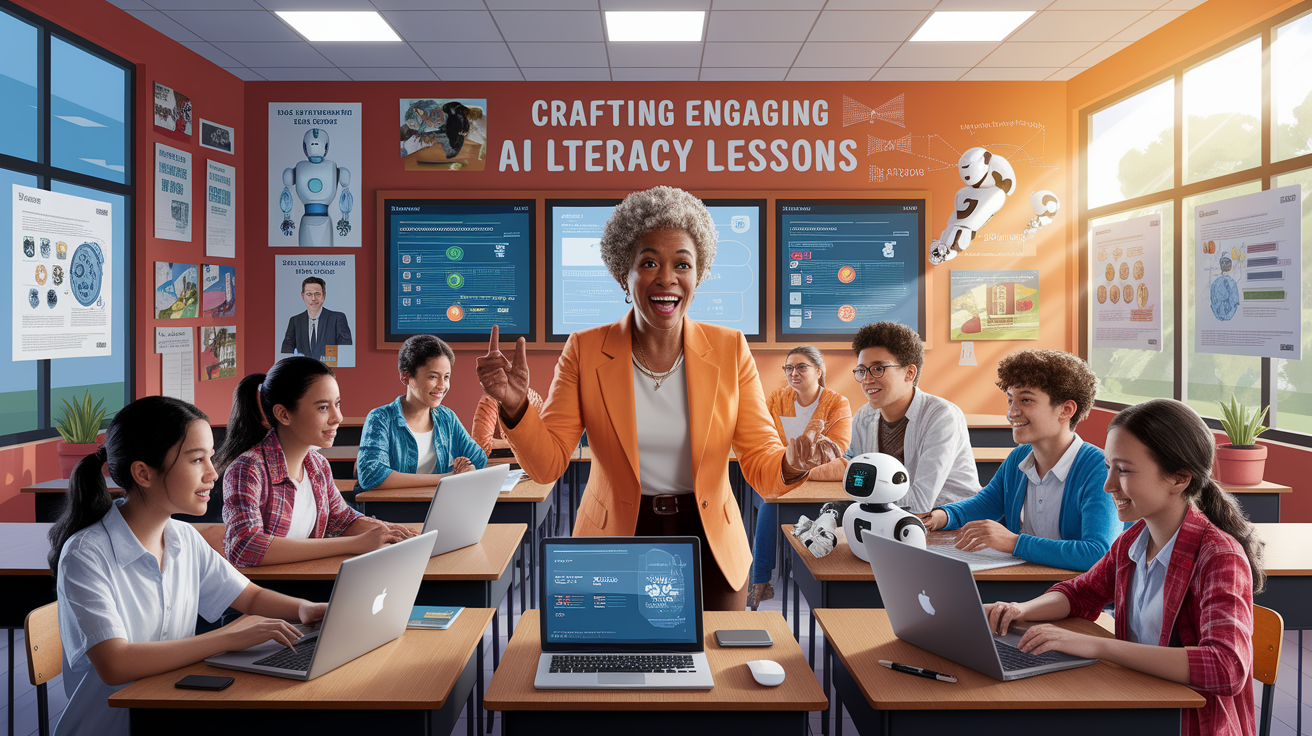
For example, you might introduce neural networks to middle schoolers by comparing them to how our brains recognize pets or foods. Elementary students can enjoy AI literacy activities like training a simple image classifier using pictures of school supplies. The key? Relating AI concepts to things they already know and enjoy, and in the process, strengthening both their technology fluency and their critical thinking skills.
Leveraging Essential Teaching Tools
Teaching AI literacy is easier when you have the right resources. Interactive platforms, AI-powered educational technology, and coding basics software can bring these topics to life. According to the Stanford Teaching Commons, effective tools include visual programming interfaces for younger students, data science simulation tools, and AI ethics roleplay scenarios.
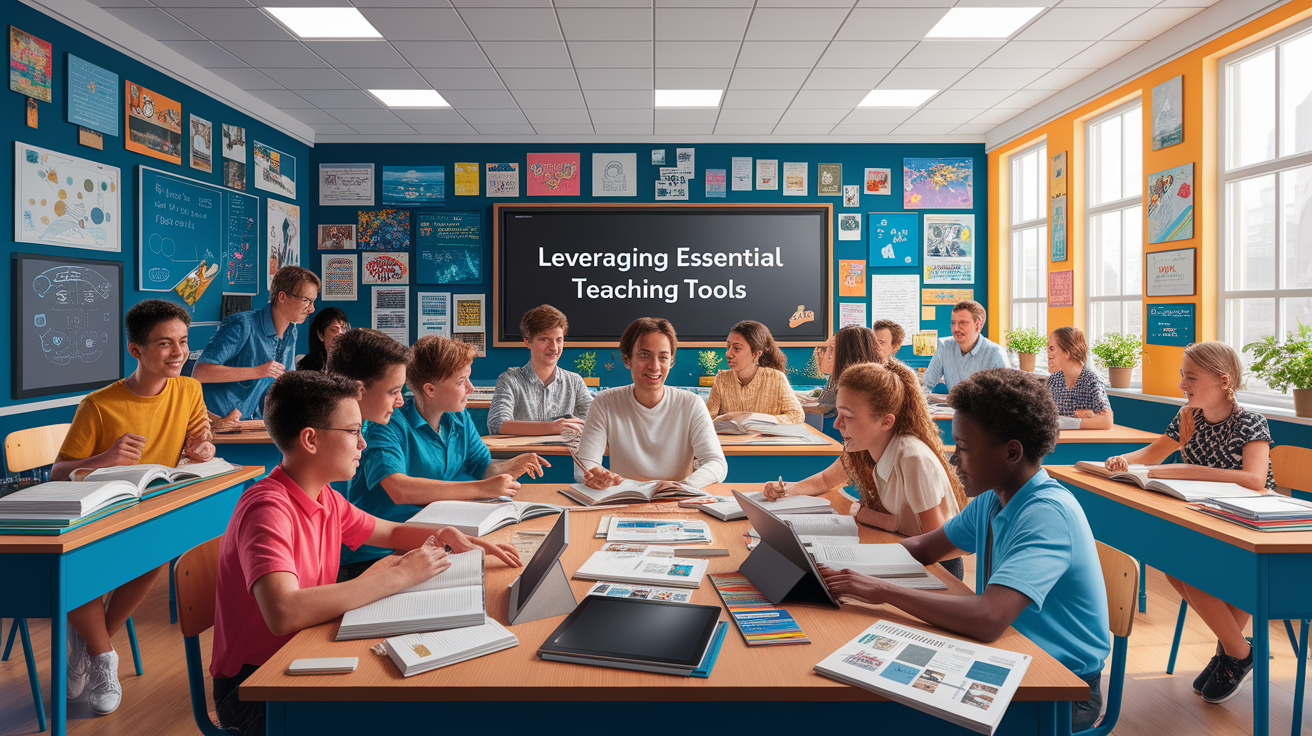
Don’t forget that digital citizenship resources help students build awareness of AI safety concepts like privacy, fair use, and transparency. Integrating AI tools into non-STEM subjects—like analyzing literature with sentiment AI or exploring bias in historical datasets—can make lessons more relatable and broaden technology integration across the student curriculum.
Assessing Student AI Literacy Progress
We can’t improve what we don’t measure. Assessment in AI literacy should go beyond quizzes: it should capture how well students apply computational thinking, interpret algorithm decisions, and respond to AI-generated content critically. CSTA recommends using rubrics that evaluate student abilities in ethical decision-making, identifying AI-driven biases, and creatively applying AI tools.
Some ideas include portfolio reviews of AI projects, peer feedback on ethical case studies, or reflective journals documenting how students interact with AI over time. These insights help adjust teaching strategies and ensure every learner progresses toward confident and responsible AI use.
Graduating to AI-Ready Minds
By the time students complete a well-designed AI literacy sequence, they should feel empowered—not intimidated—by the thought of AI shaping their personal and professional futures. They’ll carry both the technology skills and the ethical compass to thrive as informed digital citizens in an AI-driven world.
And remember, as educators, we’re not just teaching students about artificial intelligence—we’re shaping how they think, question, and create in the age of digital transformation. So give them opportunities to design AI solutions, collaborate with intelligent tutoring systems, and critically dissect AI decision-making. The future workforce doesn’t just need coders—it needs thinkers, leaders, and problem-solvers fluent in AI literacy.
